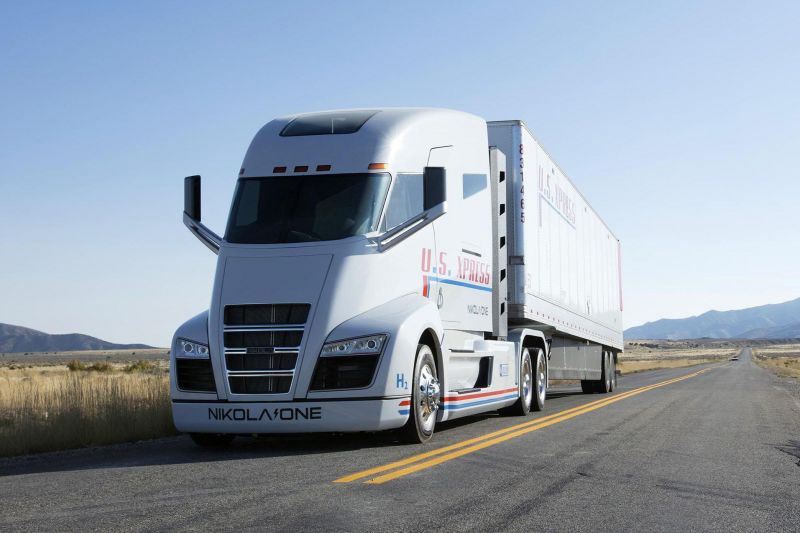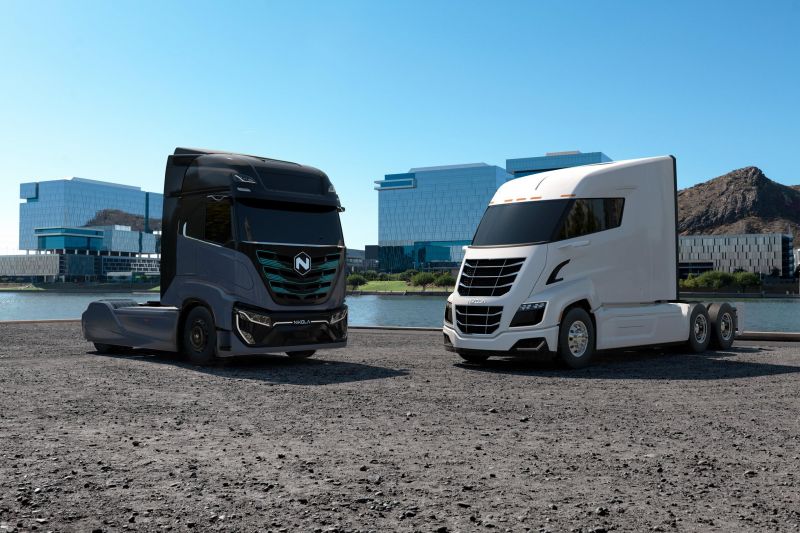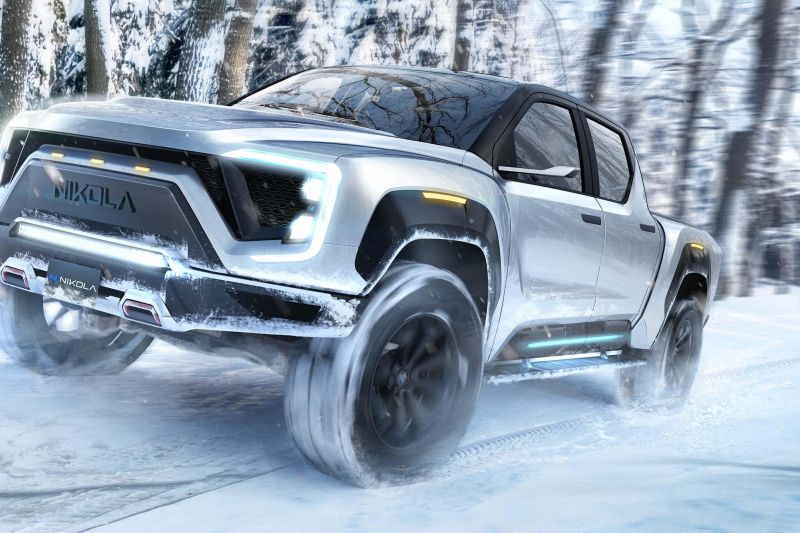Trevor Milton, founder and former CEO of Nikola Motor, has been sentenced to four years for defrauding investors by falsely claiming the company had successfully developed a hydrogen fuel cell truck, new battery technology, and a pickup truck from the ground up.
In October 2022 a jury found Mr Milton guilty of one charge of securities fraud and two counts of wire fraud. He was acquitted of a second securities fraud charge.
Although each fraud charge has a maximum jail time of 20 to 25 years, prosecutors asked the judge to impose a sentence of 11 years, roughly the same punishment given to Elizabeth Holmes, founder of the blood testing company Theranos.
According to Reuters, prosecutor Matthew Podolsky told the sentencing hearing, “There has to be a message that whether you are an entrepreneur, a startup founder, a corporate executive, when you go out there and talk about your company, you must be honest.”
Mr Milton’s defence team, on the other hand, argued the founder and former CEO should only sentenced to probation. They claimed his non-factual statements were made from a “deeply-held optimism”.
They also argued unlike Theranos, no lives were put at medical risk due to Mr Milton’s actions.
During a lengthy speech at the hearing, Mr Milton reiterated that he “did not intend to harm anyone”. He also quoted Bible verses, talked about his rural childhood, and told the judge a probation sentence would allow him to be with his wife who is recovering from illness.
When handing down his sentence, US district judge Edgar Ramos told Mr Milton he didn’t buy his explanation, and added “the law does not grant a pass for good intentions”. Judge Ramos granted bail to Mr Milton, who is currently appealing his convictions.
Nikola: A short history
Founded in 2015 by Mr Milton, in 2016 Nikola revealed the One hydrogen fuel cell truck, which Mr Milton claimed was a fully working prototype vehicle.
Prosecutors said the One was “wholly missing significant parts, including gears and motors, and the control system … was incomplete”. The One was reportedly towed on stage the night before its unveiling event, and powered by an external battery.
Additionally it had an air line fitted as there was a slow leak from its air suspension system.
The interior was incomplete so tablet computers were used for the vehicle’s various screens with mocked up “speedometers, maps, and other information”.
A demonstration video showing the One in motion was allegedly created by letting a prototype roll down a hill. Tape was used to hold the door in place to “prevent it from falling off” during the shoot.
After the event, Mr Milton reportedly pulled the pin on the truck’s development.
By far the company’s most outstanding reveal was the Badger pickup truck in June 2020.
In the lead up to the launch, Mr Milton claimed it had a “billion dollars of knowledge” gained from the company’s semi-truck program, and could “go 700 miles [1127km] in a real environment”.
He also promised the Badger would be a “fully functioning” vehicle, unlike the “pushers everyone puts out there as a fake vehicle to show everyone what they’re doing”.
The Badger vehicles displayed to the public and investors were actually built atop the Ford F-150 frame, and Mr Milton directed engineers to “hide from the public that Ford donor vehicles were used to produce the prototypes”.
Around the time of the Badger’s unveiling, Nikola went public by merging with VectoIQ Acquisiton, a “blank cheque” firm or SPAC (special purpose acquisition company).
This method of going public was in vogue over the past few years. Indeed Volvo spinoff Polestar used this method to list on the NASDAQ stock exchange.
In a traditional listing, a firm needs to make filings with SEC laying out financial, business and, possibly, technical information, which can lead to litigation if false claims are made.
Using a SPAC, Mr Milton wasn’t bound by “quiet period” rules, and continued to hype the company, and its share price, via social media.
In a related civil suit, these posts, prosecutors said, appealed to “investors who had no prior experience in the stock market and had begun trading during the COVID-19 pandemic to replace or supplement lost income or to occupy their time while in lockdown”.
Nikola settled a civil fraud suit brought by the Securities and Exchange Commission (SEC) in 2021 for US$174 million ($277 million).
In September 2020, Nikola announced it was about to enter a partnership with GM, where the legacy automaker would take an equity stake in Nikola.
GM would also engineer and build the Badger using its own platform, and EV technology. Only the Badger’s styling would be attributable to Nikola.
Not long after the GM deal was announced, Hindenburg Research, an investment advisory firm which had shorted Nikola, published claims from a Nikola insider that the Nikola One wasn’t a working prototype.
Hindenburg also said Mr Milton lied about the existence of a solar array on the company’s roof, its ability to make its own inverters, and having the technology to cut hydrogen production costs by around 80 per cent.
Milton soon “voluntarily” stepped down, and by December GM decided to largely walk away from the deal, leaving the Badger as a curious piece of vapourware.
At its height, Nikola was valued at around US$26.5 billion ($36 billion). Given Mr Milton owned 25 per cent of the firm at that stage, he had on-paper assets worth over $6.6 billion ($9 billion).
After Milton’s sentencing today, Nikola’s valuation is around US$950 million ($1.4 billion). The company continues to work on hydrogen fuel cell and battery electric trucks.
Cover image by Hans Andreas Starheim / ZERO (Creative Commons 2.0 licence)



